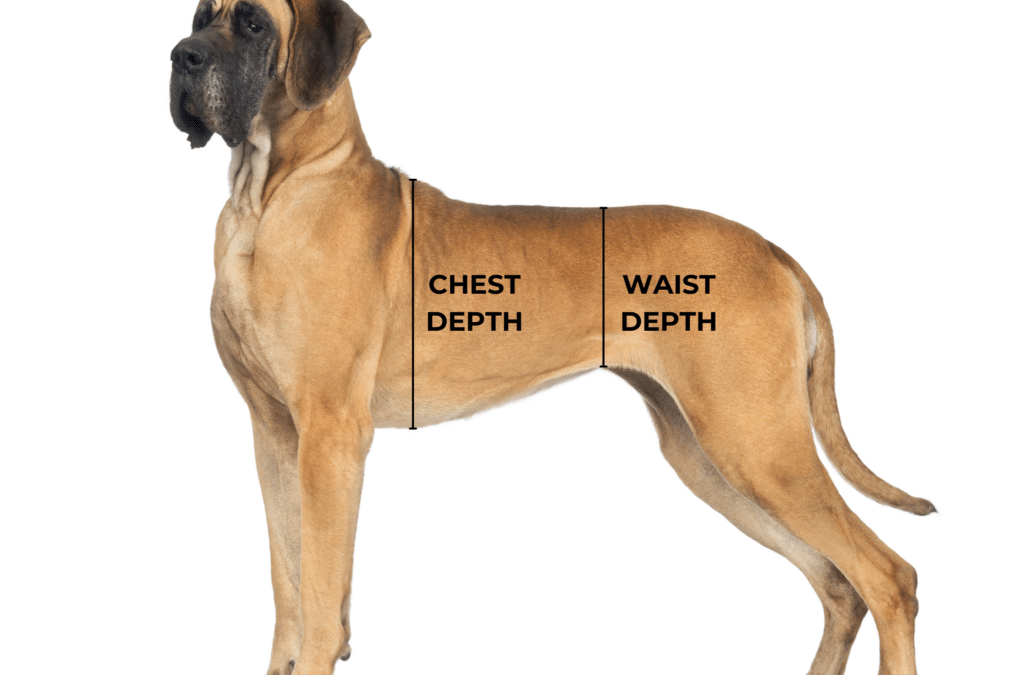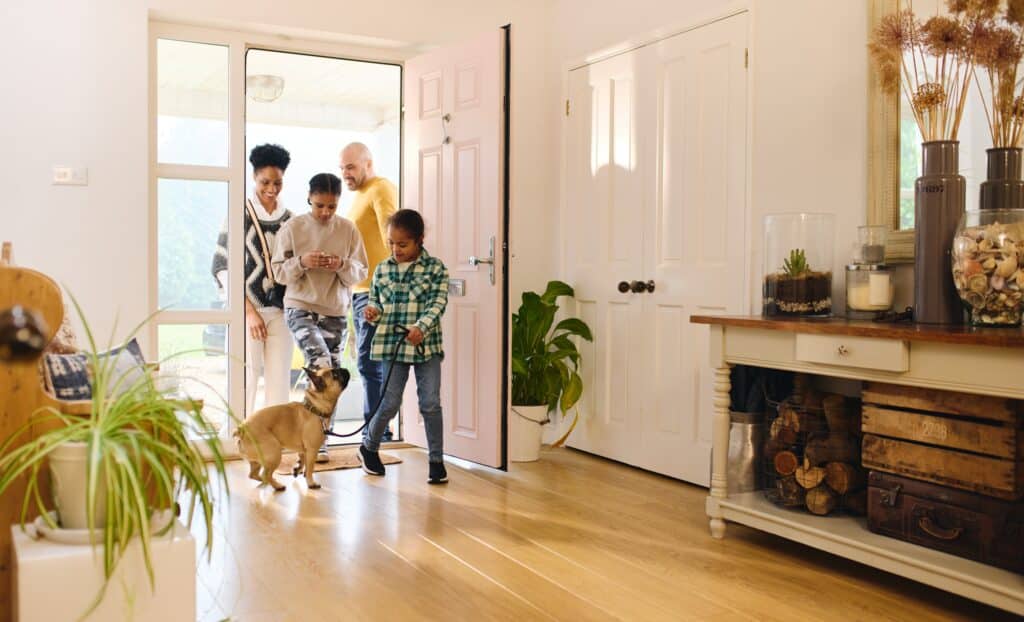
A Senior Cat Checkup: What to Expect
Dr. Mike Paul, DVMCat Checkups & Preventive Care

Is my cat a senior? If you’re reading this article, this might be your first question. Most of us have an idea of when people are considered to be “seniors,” but what about cats? A straight linear multiplier was once used to convert people years into cat years, but that is no longer the case. According to Pet Health Network’s feline age chart, younger cats age, or shall we say mature, at a much faster rate. A 4-year-old cat is considered to be equivalent to a 26-year-old human being. The process slows down after that. By the time a cat reaches senior status she is 9-years-old (the presumed equivalent of a 52 year old human) and at/beyond the age of 14, a cat is considered to be geriatric.
What is different about a senior cat’s checkup?
Certainly, most conditions can occur or manifest at any point throughout your cat’s life. There are simply some problems that are statistically more likely to occur as your cat gets older, like:
- High blood pressure (hypertension)
- Organ failure
- Cancer
- Arthritis and cognitive disorders
That means parts of a senior, annual check are the same as for a younger cat, but other recommendations will be tailored according to your cat’s advancing years.
What can I expect during my senior cat’s checkup?
First of all, you may have specific concerns about your cat and questions you need to have answered. Be sure that those are all addressed to your satisfaction before the conclusion of your visit. Also be aware that your veterinarian likely has a process in order to minimize the odds that distractions cause something important to be missed. In general, your vet will likely cover the following:
- History – Even if you have seen the same veterinarian every year of your cat’s life, this chat still needs to occur. Even if it’s just to establish anything new about your cat’s lifestyle, habits, mobility, attitude, diet, appetite, eliminations, etc.
- Complete physical examination – Your veterinarian may go about this process while you are chatting and will objectively be evaluating your cat using all senses (looking, listening, feeling, probing, even smelling for odors). Your vet will assess everything, from the tip of the nose to the end of the tail.
- Minimum database testing– Depending on your cat’s individual age and circumstances, your veterinarian may recommend routine laboratory testing (called minimum database testing) for even a healthy looking cat. The AAFP (American Association of Feline Practitioners) recommends that the testing includes at least:
- Complete blood counts
- Chemistry screening – blood tests to evaluate kidney, liver, sugar, etc.
- Urinalysis
- Thyroid hormone level
- Blood pressure
- Routine wellness care – Including appropriate parasite control, vaccinations, dental care, weight management, etc.
- Discussion of age-related issues/changes – Your veterinarian may take this opportunity to talk to you about things to expect or look out for as your cat ages such as vision or hearing deficits, mobility issues (from jumping up and down off of high places to having difficulty just getting in and out of a litter pan), cognitive dysfunction or kidney disease.
How often should my cat get a checkup?
All cats should have checkups every “people year” of their lives; depending on your cat’s individual health issues, your veterinarian may even recommend more frequent visits. It is up to you and your veterinarian to work together to decide what is best. That way you and your cat can enjoy her senior and geriatric golden years.
If you have any questions or concerns, you should always visit or call your veterinarian — they are your best resource to ensure the health and well-being of your pets.



